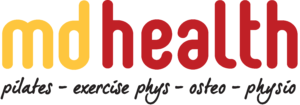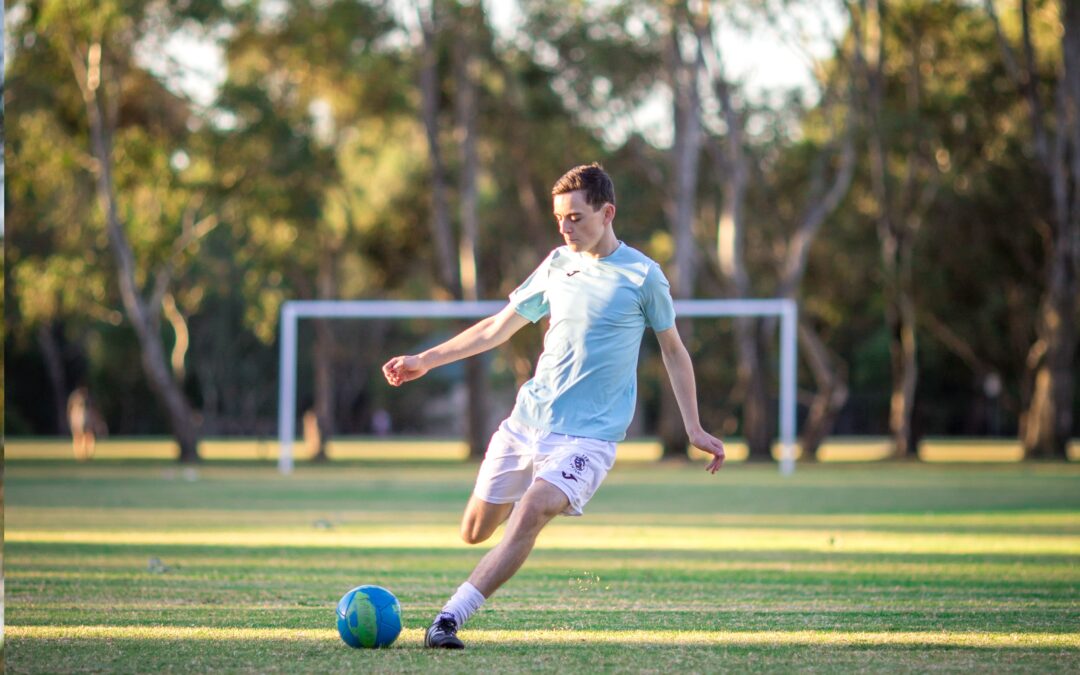Physio for teenagers is different to treating either adults or smaller children. There are 3 main differences when approaching treatment for teenagers, the first 2 being physical and the last behavioural.
1) The bones of teenagers have not fully matured
Teenagers are continuously growing, which means their growth plates (the point from which bones grow) and the attachment points of muscles (apophysis) have not fully closed and fused together. These are points of vulnerability as the junction between these points (hyaline cartilage and bone) are the weakest point and can tear apart during a forceful muscle contraction. In fact, teenagers are more likely to tear a muscle attachment off the bone than they are to tear a muscle. These need to be both identified with good, early diagnosis and appropriate management. These injuries, need to be reviewed by an orthopedic surgeon and any treatment guided by their management plan. Failure to treat these injuries early and appropriately results in a problem that just doesn’t want to go away and can potentially lead to surgery down the track.
2) As teenagers go through growth spurts, their strength and co-ordination fluctuates
When teenagers go through growth spurts, their length grows from the growth plates of the bones, then the muscle and joints are stretched and have to play catch-up. During this period, the muscles are not as strong, the flexibility changes and the
muscle coordination is poorer. The brain needs to re-learn where the arms, legs and other body parts are in space and time which makes movement more awkward. This is a very important time to incorporate, agility, balance and co-ordination exercises in any rehabilitation and strengthening program to minimize the risk of injury.
3) Most teenagers don’t see graded, progressive strengthening and rehabilitation as important
It is often hard to get teenagers to focus and persist with a program for the required amount of time to achieve a desired result. Most strengthening and rehabilitation programs will take a minimum of 6 weeks, but most likely 3 months to have the effect desired. However, teenagers will often struggle to be engaged and participate for the required amount of time. Other things, including social life and advice from the latest “fitness” magazine can be a big distraction and a structured and discipline exercise and rehabilitation plan, although effective in the long term, is rarely exciting enough to keep their attention. Although I do not have an easy answer to this problem, making the program exciting and letting them be involved in guiding the program to some degree is more likely to lead to great results.
The great aspect of treating teenagers is that healing is often faster, so if you have them onboard, the results are faster and can be more complete than treating adults.
Do you have any questions?
- Call us on (03) 9857 0644 or (07) 3505 1494 (Paddington)
- Email us at admin@mdhealth.com.au
- Check out our other blog posts here
Our clinical staff would be happy to have chat if you have any questions.



